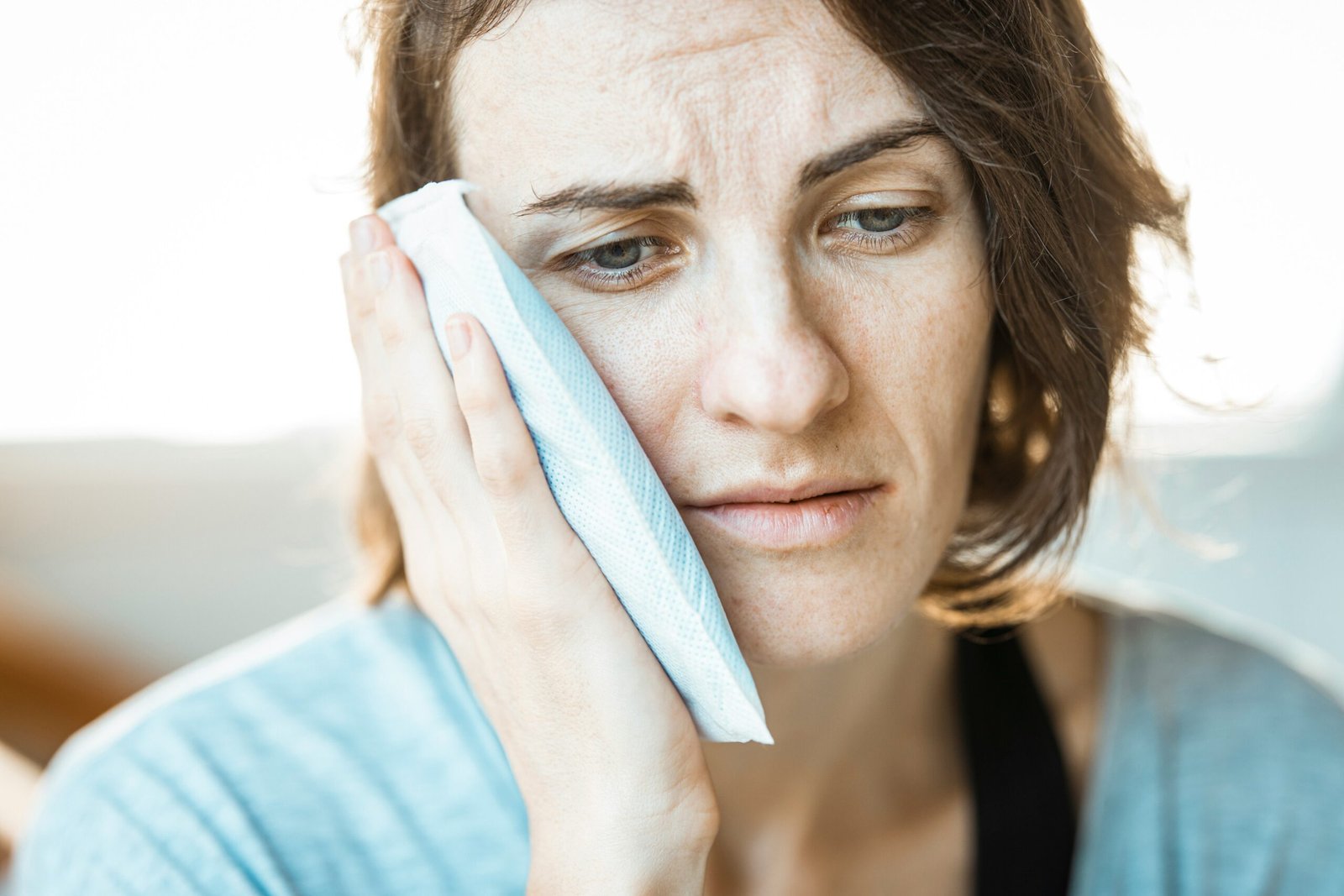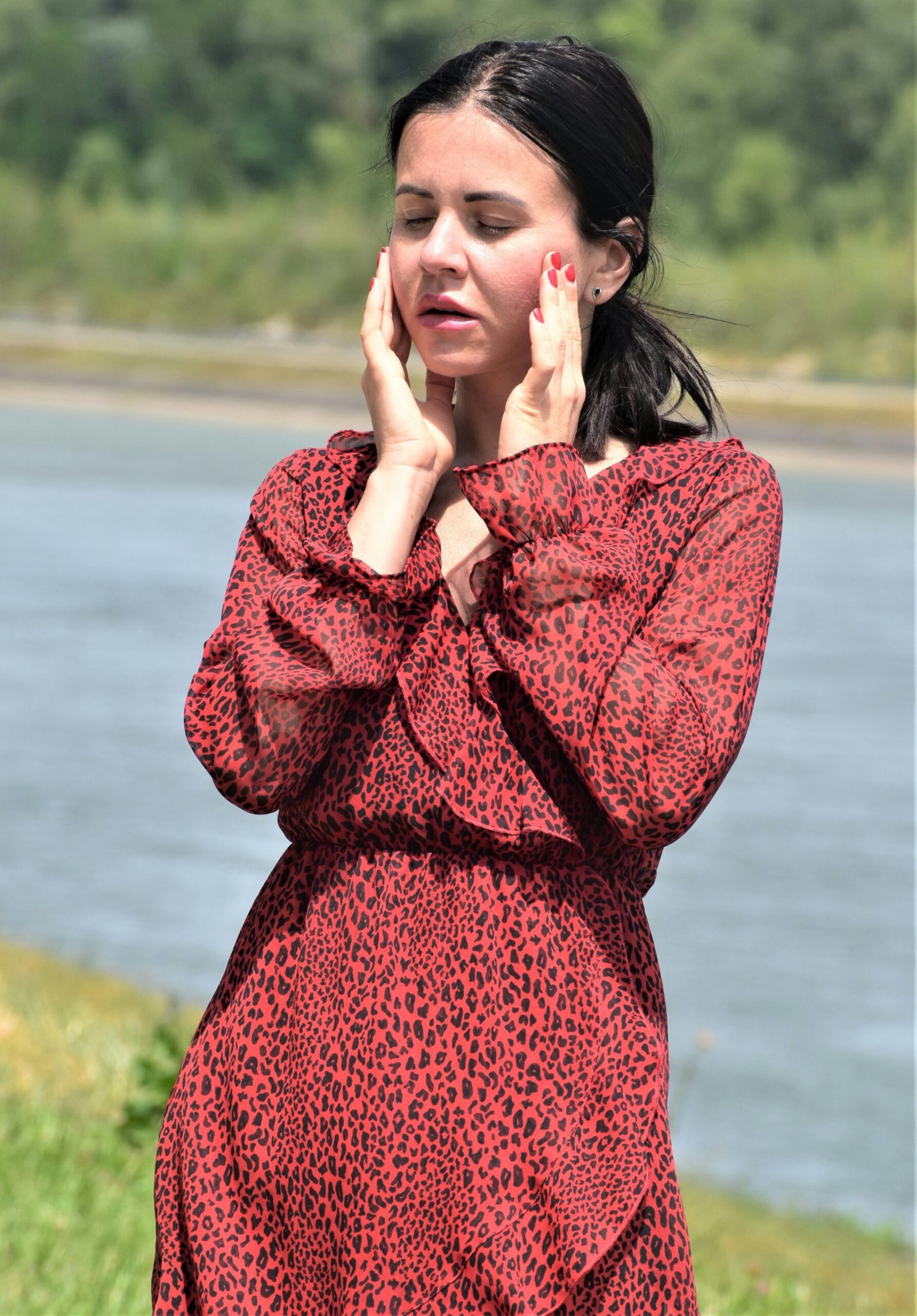When a patient mentions that they are a bruxist, it is most common for them to say that
they have noticed they clench their teeth during the day, that their partner tells them they
make noises at night—either grinding their teeth or scraping them. They may also report
waking up in the morning with very tired jaw muscles, sometimes with pain, headaches,
and even occasionally experiencing some limitation in opening their mouth. These
symptoms, which are typical in bruxist patients, do not always occur since bruxism does
not necessarily involve dental contact, nor does it have to cause dental wear, pain, or
mandibular dysfunction. In fact, many bruxists are asymptomatic, meaning they do not
present specific symptoms, yet they are still bruxists. For this reason, bruxism is not
considered a pathology in itself but rather a disorder of oromotor behavior.
Classifications and definitions of bruxism are numerous and have varied widely over the
decades. In 2013, the first significant international consensus was reached on a simple
and pragmatic definition of bruxism, defining it as a repetitive masticatory muscle activity
characterized by clenching or grinding the teeth and/or by bracing or thrusting the jaw,
specifically identified as either sleep bruxism or awake bruxism.
In general, one of the most frequent errors is understanding bruxism as a muscular
disorder and thinking it can be addressed by inhibitory treatment or by relaxing the
occlusal muscles. In reality, bruxism is an oromotor behavior whose mechanism originates
in the central nervous system. The most updated definition, developed by a group of
international experts in 2018, understands bruxism through two differentiated entities:
sleep bruxism (SB) and awake bruxism (AB), defined as follows:
Sleep bruxism (SB): “Activity of the masticatory muscles during sleep characterized as
rhythmic (phasic) or non-rhythmic (tonic) and not considered a movement or sleep
disorder in healthy individuals.”
Awake bruxism (AB): “Activity of the masticatory muscles during wakefulness
characterized by repetitive or sustained tooth contact and/or by bracing or thrusting of the
jaw, which is not considered a movement disorder in healthy individuals.”
SB, more specifically, is also defined in the International Classification of Sleep Disorders
(ICSD), whose definition has evolved over the years. Until 2005 (ICSD I), sleep bruxism
was classified as a parasomnia, meaning a behavioral or abnormal conduct disorder
occurring during sleep, such as sleepwalking or restless legs syndrome. Starting in 2005,
its definition was established as an involuntary activity related to teeth grinding during
sleep. Between 2005 and 2013 (ICSD II), sleep bruxism was defined as a sleep-related
movement disorder, more specifically as a stereotyped
oral activity characterized by
grinding or clenching the teeth during sleep, generally associated with micro-arousals.
Finally, in the latest definition established in 2014 (ICSD III), it was maintained that SB is a
movement disorder related to sleep, but it was specified that it is an involuntary trigeminal
motor activity characterized by episodic and repetitive activity of the jaw muscles, with a
tendency to grind the teeth or occasionally clench the jaw during sleep.
In conclusion, today we know that bruxism should be divided into two distinct entities, SB and AB, that it is a centrally-originating oromotor behavior disorder, and that it is not treated by targeting the masticatory muscles or using specific splints. Instead, the approach focuses on alleviating the symptoms. Other aspects we currently know about its symptoms include that bruxism may involve clenching, grinding, or even thrusting actions without dental contact. Regarding pain, it can appear in symptomatic patients but may also be absent in bruxist patients. Nevertheless, in general, the patients who will visit our practices are those with symptoms such as pain, headaches, and reduced mouth opening due to muscle involvement. For this reason, we primarily focus on addressing their symptoms.
Physiotherapist ColFiCat: 4545 / Osteopath DO MROE: 544
Miembro de la Sociedad Española del Sueño (SES)
Miembro de la Sociedad Española del Sueño (SES)
Bibliography
- AASM. The International Classification of Sleep Disorders. Diagnostic and coding manual. 2. Westchester, IL: AASM; 2005.
- Lobbezoo, F., Ahlberg J, Glaros, A. G., Kato, T., Koyano, K., Lavigne, G. J., de Leeuw, M., Manfredini, D., Svensson, P., and Winocur, E. (2013). Bruxism defined and graded: an international consensus. J Oral Rehabil, 40: 2-4.
- Manfredini, D., Ahlberg, J., and Lobbezoo, F. (2021). Bruxism definition: Past, present, and future – What should a prosthodontist know? J Prosthet Dent. https://doi.org/10.1016/j.prosdent.2021.01.026. PMID: 33678438.
- Sateia, M.J. (2014). International classification of sleep disorders-third edition: highlights and modifications. Chest, 146(5): 1387-1394. https://doi.org/10.1378/chest.14-0970. PMID: 25367475.
- Thorpy, M.J. (2012). Classification of sleep disorders. Neurotherapeutics, 9(4): 687-701. https://doi.org/10.1007/s13311-012-0145-6. PMID: 22976557; PMCID: PMC3480567.









